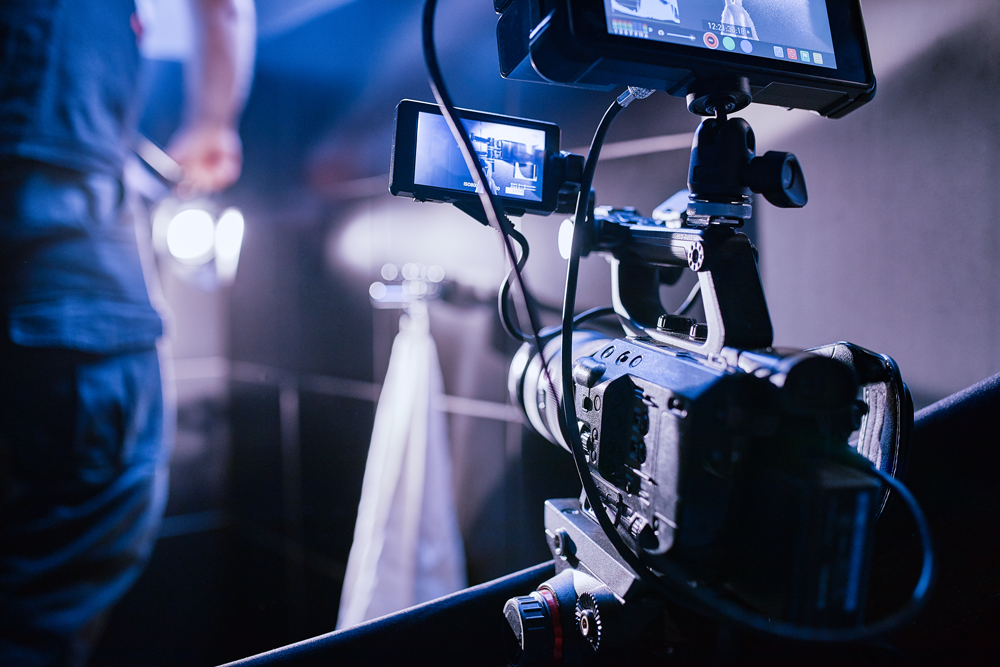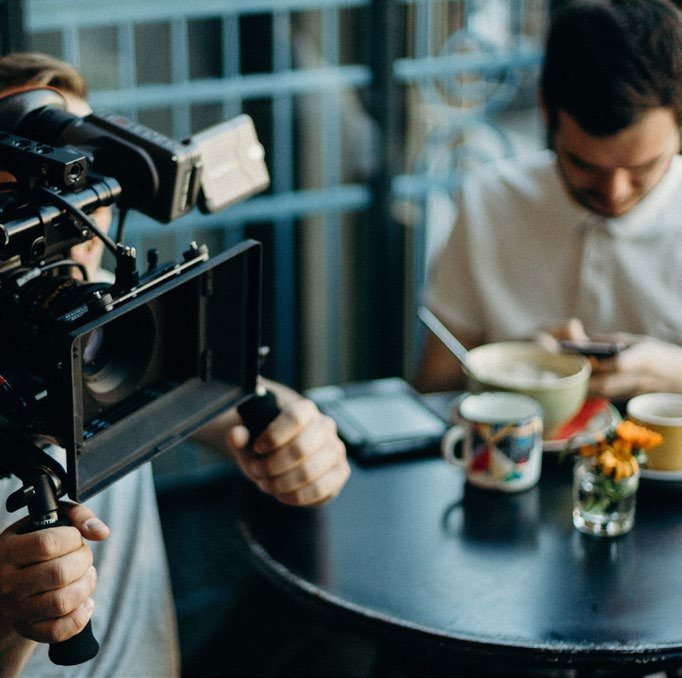
SUSTAINABILITY
OUR COMMITMENT TO THE ENVIRONMENT
We are aligning ourselves with the industry leaders’ sustainability commitments. This includes, but not exhaustively:
Reducing Checklist Films Ltd’s 1 and 2 carbon emissions by 46% by 2030
Achieve net zero emissions for direct operations by 2030
Reduce Scope 3 emissions in line with a ‘well below 2ºC’ scenario by 2030
Integrate positive environmental themes throughout Checklist Film Ltd’s content output
Bring our remaining net emissions from 2022 onwards to zero, in support of global net zero goals, by investing in nature-based solutions that retain and capture carbon.
TO DO THIS WE WILL INVOLVE STAFF BY:
Setting out the basic ‘green’ standards expected for staff and crew. This could be as simple as specifying that lights are switched off, waste minimised and recycled when possible (and providing the means to do this) heating and cooling settings are always correct/ switched off when spaces are not in use, and paper is printed on both sides and on two pages per sheet where possible.
Asking technical staff (typically those that control high energy consuming equipment) if there are ways of using the equipment more efficiently in order to consume less energy or if they are aware of emerging technologies that may have a positive impact.
Writing an action plan to articulate your goals and targets. Outline your plan to achieve those targets and define responsibilities.
With regards to external lighting, we will
switch to energy-efficient bulbs – swap standard tungsten bulbs with low-energy CFL bulbs or replace external lighting with LEDs (Investment required. Payback estimate = 2.5 years)
With regards to studio/location lighting, we will
ensure all non-essential lighting is switched off between shoots (ie during break periods)
use high-efficiency Compact Fluorescent Lighting (CFL) wherever possible, which reduces power demand by around 60 percent as well as HVAC cooling needs. Fluorescent lighting provides ten times more light per wattage compared with standard tungsten and is expected to last up to 10,000 hours compared to 500 hours for tungsten lamps (Investment required. Payback estimate = 2.5 years)
WORKING WITH STUDIOS
Sound and camera
SAVING = 4 to 5 percent of carbon emissions from this area of the footprint
Location filming
SAVING = 5 per cent of carbon emissions from this area of the footprint
plan the production so that only the trucks and technical equipment needed for the day’s shoot travel to the location
ensure fuel-efficient driving techniques and vehicles are employed. See https://www.theaa.com/driving-advice/fuelsenvironment/ drive-economically for more information.
unplug video players, television monitors and other similar equipment with stand- by mode when not in use
when purchasing or hiring technical equipment, ask about energy-efficient alternatives or enquire about more efficient ways to use technical equipment (Investment required. Payback estimate = 3-5 years)
where quality allows, use digital processes for filming and sound recording.
provide recycling and energy management
facilities for production companies and others using the studio and provide information on carbon-saving opportunities
provide production companies with accurate meter readings to help them improve their energy management.

ALBERT GUIDANCE
Albert is an industry-backed project bringing the screen industries together to tackle their environmental impact and to inspire sustainable living. Their goals are:
Inspire; empowering the industry to create content strategies that support a vision for a sustainable future.
Restore; beyond zero, enabling the screen industries to eliminate waste and carbon from production and make a positive impact.
THE BENEFITS OF VIRTUAL PRODUCTION
As virtual production reshapes how media is made, it brings some enormous advantages for filmmakers and other creatives. The key benefits of adopting this method of production are:
Cost-efficiency: Instead of spending a large budget on building physical sets or traveling to distant locations, filmmakers can create realistic digital environments, reducing overall production costs.
Greater creative control: Directors can visualize and manipulate virtual environments and characters in real-time, allowing them to experiment with camera angles, lighting, and other elements, resulting in a more refined final product.
Flexibility and adaptability: Virtual sets can be easily modified or repurposed for different scenes, providing filmmakers with the flexibility to make changes without incurring significant additional costs or delays.
Enhanced collaboration: VP brings together artists, animators, and live-action teams, fostering cross-disciplinary collaboration and leading to innovative storytelling and visual effects.
Real-time decision-making: Filmmakers can make creative decisions on the fly, as they can see how the final scene will look while shooting, which helps to avoid costly reshoots and keeps the project on track.
Environmentally friendly: By reducing the need for physical sets and location shooting, VP minimizes material waste and the environmental impact associated with traditional filmmaking practices.

